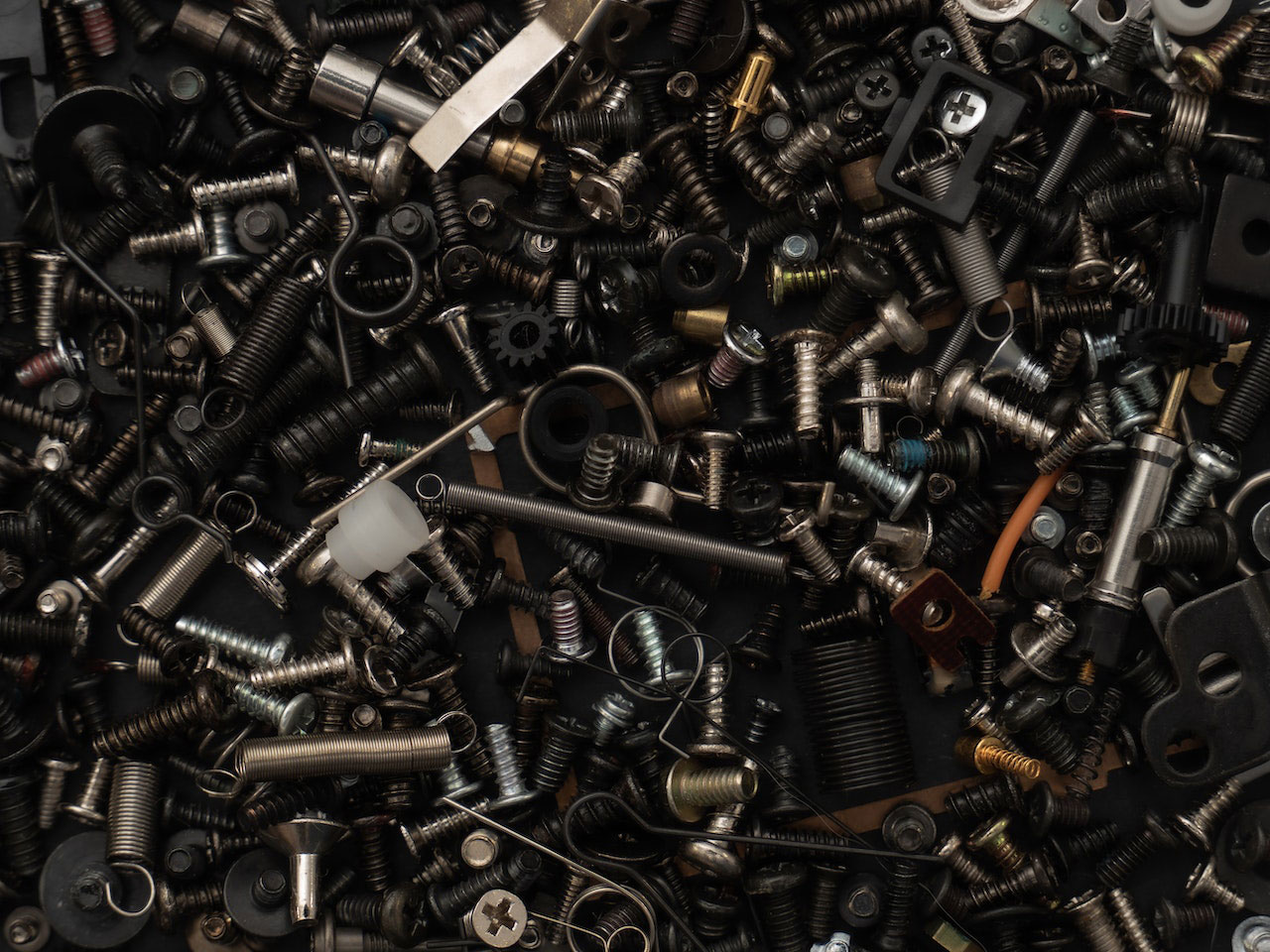
General theme:
Process development, from concept to fully-operational pilot-plan scale, for the transformation of residues into novel engineered materials that society needs. Focus is on hydrometallurgical (e.g. bauxite residue, also known as “red mud”) and pyrometallurgical residues (e.g. ferrous and non-ferrous metallurgy slags), and attention is given to the metallurgical process itself so that it delivers a more promising precursor. In view of the high volumes, the end-materials are typically used in construction.
A process has been proposed and the proof-of-concept has been validated at the laboratory scale, currently being up-scaled towards a production of 1 tonne/day. The process involves thermal treatment of bauxite residue and subsequently mixing with as-produced residue that contributes in the alkali-activation. By optimising additives, shaping and curing, compressive strength of end-materials is higher than 100 MPa. A follow-up process that involves a unique curing step while providing unique properties is being patented.
SIM² KU Leuven scanned the whole quaternary phase diagram of FeO-CaO-Al2O3-SiO2 and has identified best possible chemistries to provide a highly reactive amorphous precursor. Based on that, SIM² KU Leuven coined the term Extraordinary Leuven Cement (ELCE), and it is developing a whole series of blended cements with high-end performance, including fire resistance. Hybrid cements are where SIM² KU Leuven currently focuses.
By combining different resources SIM² KU Leuven has succeeded in forming tailored porosity in a fibrous zeolite microstructure. This open a range of possibilities, from heat and sound insulating to applications in catalysis and absorption for the uptake of metals/pollutants. SIM² KU Leuven currently upscales to monoliths of 50 x 50 cm2.
By combining computational work in MD, ab initio MD and DFT, with experimental data from synchrotron facilities SIM² KU Leuven tries to understand the atomic configuration of a range of slags and eventually predict properties (e.g. reactivity). From a different starting point, SIM² KU Leuven tries to answer the same question by statistics and high-throughput experimentation. Eventually, SIM² KU Leuven wants to understand the behaviour of the atoms during processing and how that affects the performance of the resulting final materials. If it succeeds, SIM² KU Leuven will be in position to predict performance of inorganic polymers by merely knowing the chemistry of the starting slag precursor. The database for the slags and other anthropogenic raw materials is online here: http://sreway.info/
In addition to the above SIM² KU Leuven is currently active in microwave processing, valorisation of ashes, durability assessment and non-destructive-testing, including X-ray tomography, as well as immobilisation of radioactive sources and how our new binders interact with them.

SIM² KU Leuven is the KU Leuven Institute for Sustainable Metals and Minerals, one of the flagship KU Leuven Institutes. SIM² mission is to develop, organise and implement problem-driven, science-deep research and future-oriented education, contributing to the environmentally friendly production and recycling of metals, minerals and engineered materials, supporting the transition to a climate-friendly, circular-economy.
KU Leuven Institute for Sustainable Metals and Minerals